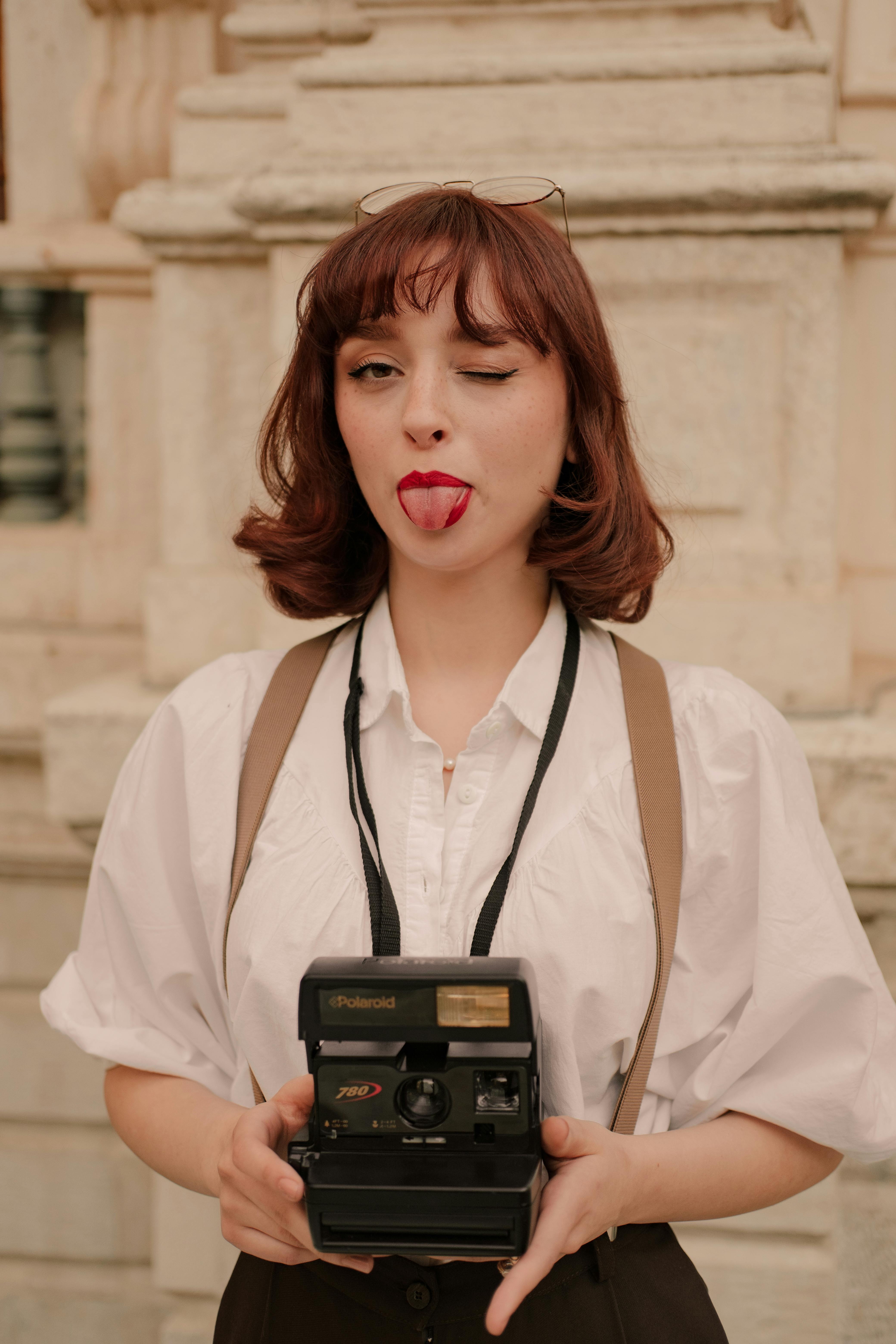
Effective Guide to How to Draw Perspective Like a Pro in 2025
Are you ready to elevate your drawing skills by mastering perspective? Understanding how to draw perspective is crucial for any artist, whether you're sketching landscapes, architectural designs, or character illustrations. This guide will explore the essential techniques needed to create convincing depth and spatial relationships in your drawings. We will cover various types of perspective, offering practical tips, exercises, and resources to help you visualize and implement perspective in your art.
Mastering perspective isn't just about depicting three-dimensional space accurately; it also involves employing creative methods to enhance the visual storytelling of your artwork. Learning these techniques will not only improve your drawings but will also deepen your understanding of composition and visual depth. Let's dive into the fundamentals of perspective drawing and explore how to bring your sketches to life!
Key takeaways from this article include:
- Understanding different types of perspective: linear, atmospheric, one-point, two-point, and three-point.
- Expert tips on common mistakes and how to correct perspective issues.
- Practical exercises to reinforce your learning and improve your skills.
Essential Techniques for Mastering Perspective Drawing
Building on the fundamentals of how to draw perspective, let's explore various techniques that can help you create depth in your drawings. Every great sketch begins with a solid understanding of perspective principles like vanishing points, the horizon line, and proportion.
Understanding Linear Perspective
Linear perspective is one of the most fundamental techniques in perspective drawing. It involves creating a sense of depth using vanishing points along a horizon line. The principles of linear perspective make objects appear smaller as they move away in distance, creating realistic scenes in your artwork.
To effectively implement linear perspective:
- Establish your horizon line, which represents the viewer's eye level.
- Decide on one or more vanishing points where parallel lines converge.
- Apply these points to create geometric shapes that recede into space, ensuring consistency in proportion.
When drawing buildings, the vanishing points will determine how the structure recedes into the background, helping you create a realistic architectural perspective. To see these concepts in action, check out this tutorial on drawing techniques.
Exploring Atmospheric Perspective
Atmospheric perspective adds depth by simulating how distance affects the appearance of colors and details. Objects that are further away will appear lighter and less defined due to the atmosphere’s impact.
When applying atmospheric perspective in your sketches:
- Utilize lighter shades and less detail in the background than in the foreground.
- Incorporate color gradients to simulate depth perception.
- Include overlapping shapes to establish a layered effect in your composition.
This technique is particularly effective in landscape drawing, where the distance between objects can be emphasized. It's a vital skill for adding realism to your art.
Utilizing the Three Types of Perspective
Each type of perspective—one-point, two-point, and three-point—offers unique methods to depict space:
One-point perspective centers around a single vanishing point. It's often used when drawing objects that face the viewer directly. Example: A straight road appears to converge at a point in the distance.
Two-point perspective employs two vanishing points, ideal for depicting corners of objects, such as buildings viewed from an angle. Example: A cube seen from a corner will have its edges recede toward both vanishing points.
Three-point perspective introduces a third vanishing point, elevating your view, which is effective for drawing tall buildings or views looking up at furniture.
Explore more about these types through this drawing tutorial, which details practical exercises for gaining mastery.
Drawing Strategies for Successfully Achieving Perspective
With your foundational techniques in place, it's time to delve into specific drawing strategies that can enhance your perspective drawing skills.
Effective Use of Viewfinders
Using a viewfinder is a fantastic way to identify the main elements in your scene and understand composition before you even start sketching. By narrowing your focus, you can isolate key areas and balance your artwork effectively.
Simply create a rectangular frame—easier if made with cardboard—and look through it. Frame your scene, noting how it affects the spatial relationships and guiding lines in the distance. This helps visualize space more accurately.
Common Mistakes and How to Fix Them
Even experienced artists can struggle with perspective. Common mistakes include inconsistent vanishing points, incorrect horizon lines, and distorted proportions. Here are some quick fixes:
- Check if all parallel lines converge at the same vanishing point for linear perspective.
- Reposition your horizon line to a more logical eye level, especially when depicting characters or objects.
- Analyze the scaling of your shapes; they should decrease in size correctly based on their position in space.
Practicing drawing exercises that focus on these mistakes can refine your perspective skills significantly.
Mastering Depth with Shading Techniques
Shading is essential for creating the illusion of depth. By understanding how light interacts with objects in space, you can enhance the dimensionality of your drawings.
When shading:
- Identify your light source and apply highlights and shadows accordingly.
- Use gradual shading transitions to denote shape and form.
- Implement cast shadows to ground your objects in space.
Experiment with different shading techniques to see which enhances your perspective drawing most efficiently.
Creating Depth and Visual Interest with Composition
Composition plays an integral role in conveying perspective, as it determines how elements interact within the space. Crafting interesting compositions helps in drawing narratives within your artwork.
Using Grids to Help with Perspective
Perspective grids serve as an invaluable tool in mapping out your composition. They can simplify complex scenes by structuring the underlying geometry at proper angles and relationships.
To create a perspective grid:
- Draw a horizon line across your page.
- Designate vanishing points based on your selected perspective type.
- Connect parallel lines extending from these points to form your grid system.
This method can help you maintain correct proportions, even in dynamic scenes, especially when working with architectural designs.
Capturing the Relationship Between Elements
Incorporating elements that relate to each other can significantly enhance visual storytelling in your perspective drawings. Consider how objects interact and overlap in your framing, creating a sense of space and interest.
Positioning objects near different vanishing points can help indicate their distance from the viewer, improving the story within your composition.
Practical Exercises to Improve Perspective Skills
Consistent practice through targeted exercises is key to mastering perspective drawing. Here are some effective exercises to try:
Sketching Everyday Scenes
Simple scenes can serve as excellent practice for applying perspective techniques. Sketch public spaces, storefronts, or streetscapes focusing on applying vanishing points and the horizon line.
Pay attention to how perspective alters in different settings, and don't hesitate to try different types of perspective in each scene.
Analyzing Artworks
Study the work of established artists, particularly those famous for their mastery of perspective. Analyze how they utilize depth, proportion, and spatial relationships in their work.
Try replicating their methods to understand the techniques they employed, which can greatly inform your own style.
Portfolio Development
Create a portfolio of perspective drawings, sketching various themes to evaluate your progress. Challenge yourself by mixing different types of perspective within a single piece or depicting the same scene in various perspectives.
This portfolio can become a personal reference for identifying areas of strength and opportunities for improvement.
Q&A: Common Questions About Perspective Drawing
What are the best tools for perspective drawing?
The ideal tools include rulers, sketching pencils, and erasers. Consider using software designed for perspective drawing, such as SketchUp, which can provide a 3D visualization.
How can beginners improve at perspective drawing?
Beginners can benefit from practicing basic techniques and exercises repeatedly. They should also focus on correcting common mistakes and be patient with their learning process.
Are online tutorials helpful for mastering perspective?
Absolutely! Online tutorials provide step-by-step guidance from experts, allowing you to learn at your own pace and revisit concepts as needed.
Conclusion: Building Your Perspective Drawing Skills
Mastering perspective drawing not only enhances the authenticity of your art but also expands your creative vision. By understanding and applying techniques like linear and atmospheric perspective, using practical exercises, and refining your approach through ongoing practice, you will become proficient in representing depth and space in your illustrations.
Continually deepen your artistic ability by exploring further drawing tutorials, sharing your work for constructive feedback, and adjusting your strategies to capture the essence of perspective. Embrace the journey of learning and create art that wows those who view it!

